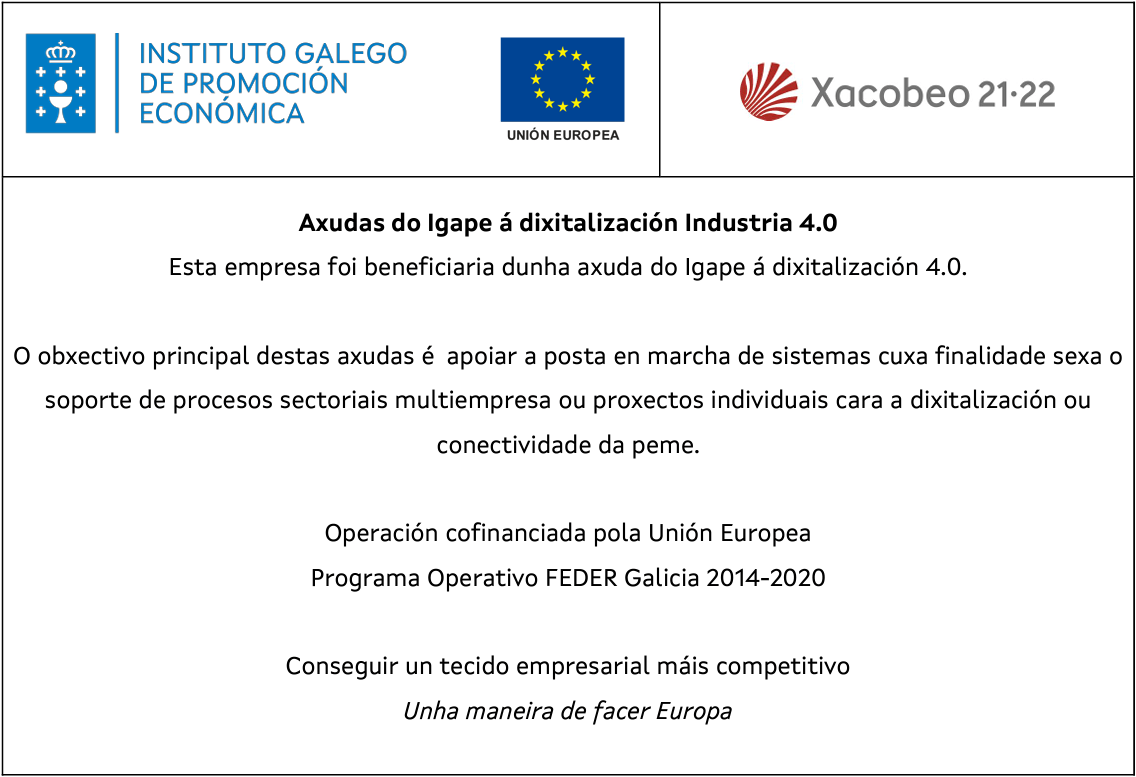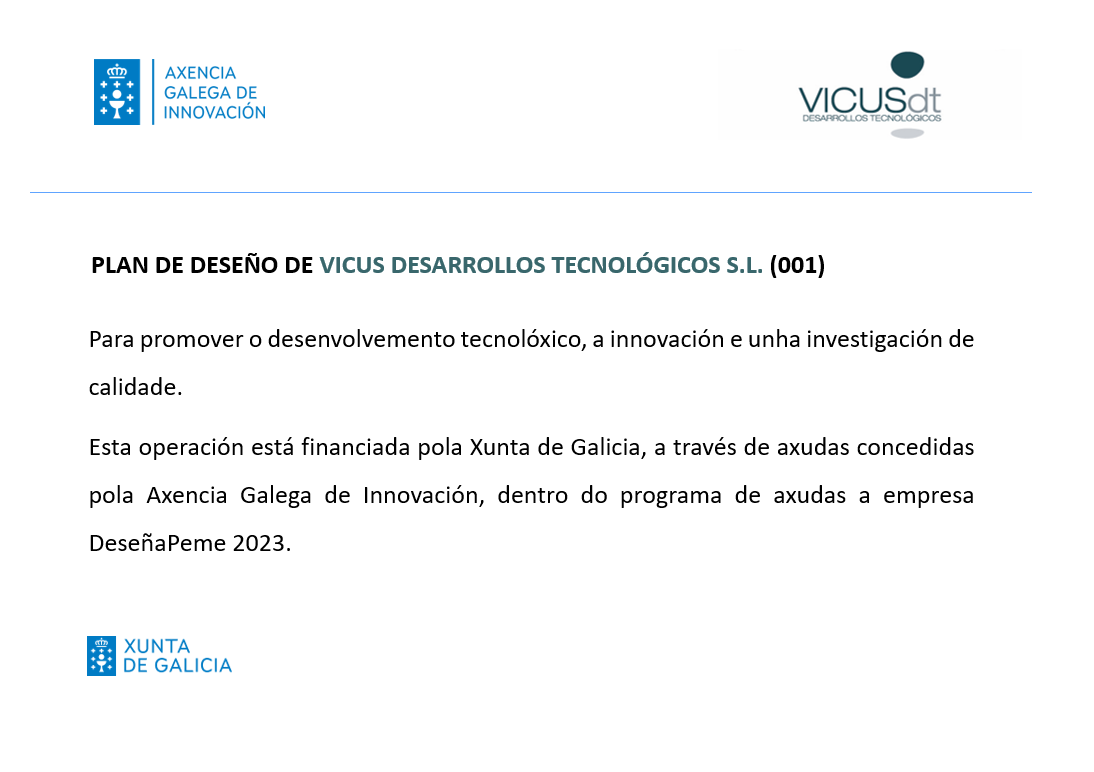Customer: GHENOVA
Related services: HULL FORM OPTIMIZATION, SEAKEEPING
Scope of work:
- Setting up the numerical model for two initial hull forms:
o Hydroconic hull
o Faired hull
- Initial analysis with potential code
- Running a viscous code simulation in the desired condition
- Analysis of ship resistance for both configurations
- Propulsion configuration analysis for both cases (Pulling vs Pushing thrusters)
- Optimization of the best performing solution:
o Third hull geometry proposed
- Seakeeping calculation for the three hulls
o Natural frequencies detection (RAOs)
o Movements, velocities and accelerations under same wave spectrum
Results:
This set of calculations helped in the decision between two different concepts of vessel for the same operation.
Loading condition and speed were considered equal for the two initial geometries; both pulling and pushing thrusters were considered for each hull.
Differences over 20% were found between the needed effective power, reaching 32% power savings when comparing best and worst propulsion combination.
A third geometry was performed, including improvements derived from the reduction of shoulders, modified bulbous bow, a finer entry angle… that reduced hull resistance.
Response Amplitude Operators (RAOs) were calculated for each of the three geometries, in order to compare natural frequencies among them.
A Pierson-Moskowitz wave spectrum was simulated in order to compare movements and accelerations.











